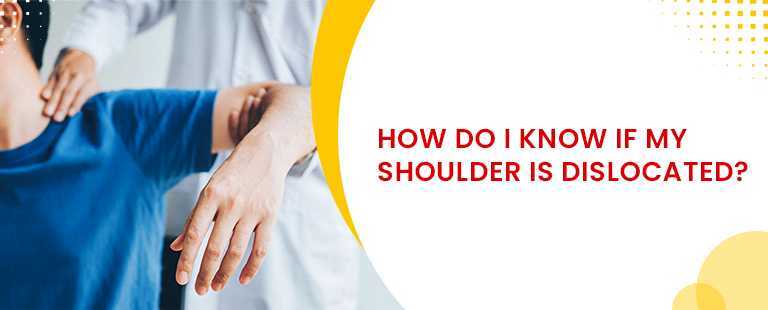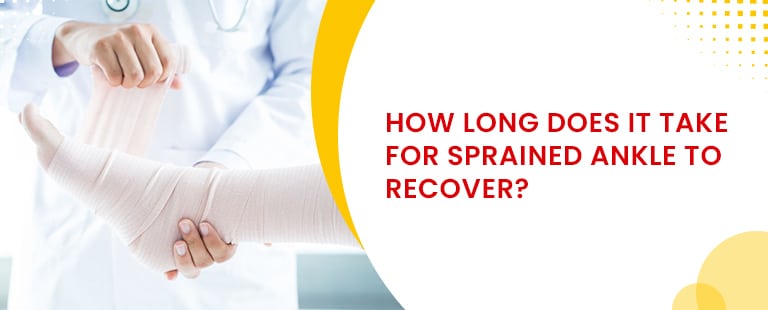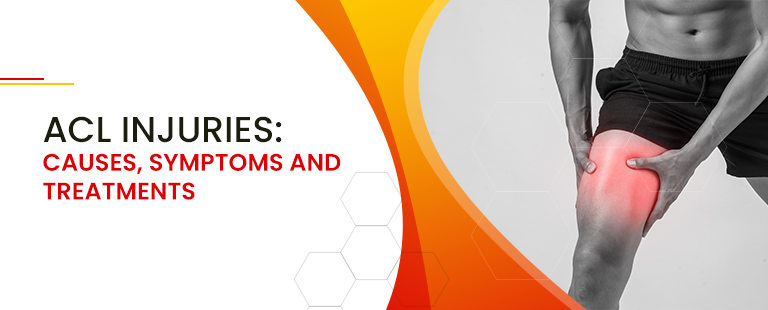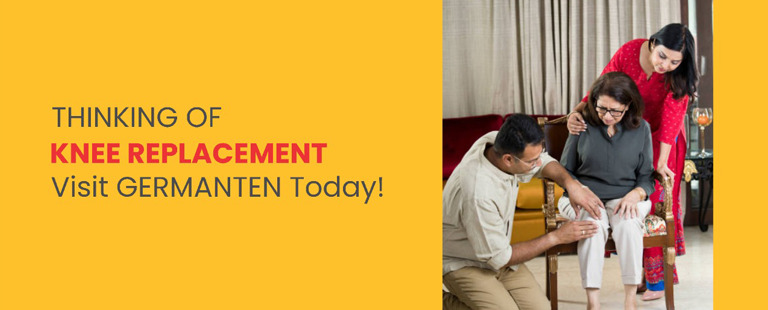Is knee pain because of running a common problem? You have no reason to worry if you suffer from knee pain after running. It is commonly dismissed as a ‘runner’s knee’, but it is vital to understand and treat the cause to avoid long-term injury. Now depending on how severe the pain is, you might need a doctor. With the following information, you can determine the cause of pain and get back on track.
IT Band Syndrome (Side Knee Pain)
Iliotibial band syndrome can lead to sharp and stabbing pain outside your knee. It is a common injury amongst runners and leads to knee pain after running. The iliotibial band tissue stabilises knee and hip when you run.
- Causes
The tightening of the tensor fascia shortens it and puts pressure on the IT band. The outside of the knee can become inflamed, or the band might get irritated, leading to pain. Running on a banked surface, insufficient warm-up or cool-down, and physical abnormalities can cause ITBS.
Runner’s Knee (Kneecap Pain)
Runner’s knee refers to the pain in front of the knee or behind the kneecap. It is also known as patellofemoral pain syndrome or anterior knee syndrome. The condition can worsen due to running downhill, squatting, climbing stairs or sitting for an extended period.
- Causes
The structural problems with the knee joint can be one of them. Other reasons include weak muscles, tight hamstrings, tight Achilles tendon or IT band, overtraining, poor foot support and misaligned gait patterns. The quadriceps are responsible for holding the knee in place to allow smooth up and down motion. The weakness in quads or thigh muscles, the knee can slightly move left and right.
Jumper’s Knee (Kneecap to Shinbone Pain)
Patellar tendinitis is an injury that causes pain from the top of the kneecap to the shinbone. People with a jumper’s knee can have pain, tenderness and swelling near the area where the shinbone meets the kneecap. In the early stages, you might feel it only while running. However, as it gets worse, you can feel the pain even when you are not exercising.
- Causes
The tendon connects the kneecap to the shinbone and helps the extension of lower leg. Initially, it causes weakness in the tendon. However, if left untreated, it can cause tiny tears.
Meniscus Tear (All-over the knee pain)
Two wedge-shaped pieces of cartilage that absorb shocks between the femur and tibia are the meniscus. It can cause knee pain after jogging or running. Changing the direction suddenly while running or a sudden twist in the knee can cause a meniscus tear. Older runners have higher chance of experiencing knee joint pain after running due to the condition.
- Causes
The older runners often injure the inside of the knee rather than outside of the knee. General knee pain, swollen knee, popping feeling during the injury, stiffness, feeling as if the knee is locked in a place, and challenges while bending or straightening the leg are commonly seen symptoms.
Bursitis (Inner side knee pain)
Knee bursitis causes pain over the top of your kneecaps or on the inner side of the knee. It is an inflammation of the bursa, which is near the knee joint.
- Causes
A bursa is a small, fluid-filled sac that reduces friction and cushions the points between the bones, joints, tendons and muscles. Unfortunately, runner’s can overuse the pes anserine bursa that leads to pain and inflammation.
Swollen bursa usually causes the affected region to feel warm, tender or swollen when pressure is applied. Moving or resting can as well be painful. Climbing the stairs might be challenging.
Baker’s Cyst (Back of the knee)
It is also known as a popliteal synovial cyst, and it is the swelling at the back of the knee. Again, the pain might be there, but more prominently, you feel tightness or stiffness in the area with a sensation of fullness.
- Causes
Meniscus tears or osteoarthritis can be the cause of these cysts. Baker’s cysts are not usually related to running. However, the condition results from an underlying issue, so runner’s might develop a cyst.
Therefore, if you are a victim of knee pain while jogging or running, get a doctor’s advice today!
WHY CHOOSE US?
Germanten Hospital has been one of India’s leading facilities for various medical treatments. Under insightful leadership, we have acquired excellence when it comes to treatments in neurology, plastic or cosmetic surgery, orthopaedics and reconstructive surgery.
Dr. Mir Jawad Zar Khan has led our hospital to the forefront of the medical industry. He has experience of 20 years in orthopaedics. His alma mater is Osmania University, where Dr. Khan achieved a gold medal for his excellence in education. He then completed advanced training in the USA and Germany.
Dr. Jawad was awarded the “Best Doctor” by Shri Roshaiah Garu, the Former Gov. of Tamil Nadu and former CM of Andhra Pradesh. He was also felicitated with the Vaida Ratna Award in 2019 by Shri Etala Rajendra, the honourable health minister of Telangana. In addition to that, Germanten Hospital also received an award of “Best Orthopaedic Hospital In South India” from the Economic Times Group in 2021.
We have gained access to state-of-the-art medical technology and the latest advanced equipment, which has proven to be quite beneficial for our patients.











